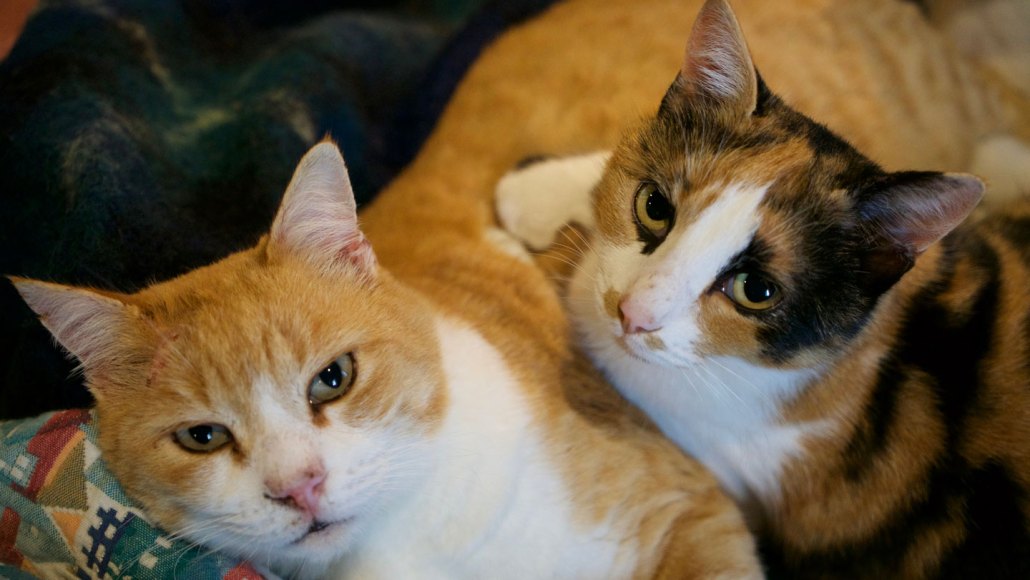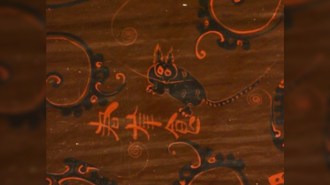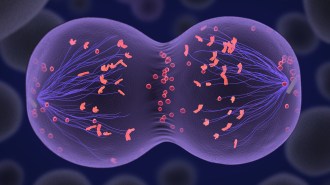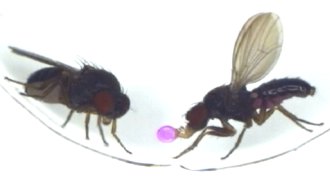What gene makes orange cats orange? Scientists figured it out
Calico and tortoiseshell cats also carry an X-chromosome mutation

Orange fur in domestic cats usually arises from a specific DNA deletion in the X chromosome, two new studies suggest.
Stefano Stefani/Getty Images
Orange cats are so goofy that people joke that the chaotic kitties share one communal brain cell.
But most of these domestic felines — along with multicolored calicos and tortoiseshells — actually do share something: a single genetic mutation that makes their fur ginger, researchers report in two studies published May 15 in Current Biology. The independent teams identified a DNA deletion that causes pigment cells to produce a yellow-red color rather than the default brown-black, solving a mystery that has stumped scientists for decades.
Researchers knew the genetic instructions for ginger fur resided in the X sex chromosome. Most orange cats are male because they usually have just one X chromosome, which is active in each cell. Because female cats normally have two X chromosomes, both X chromosomes would need to carry the orange trait for a girl to be fully ginger. If just one X contains the trait, her coat would likely become a patchwork of orange and black because only one of her X chromosomes is turned on in each cell.
But most other mammals — even big cats like tigers — don’t acquire ginger hair based on sex, hinting domestic cats possess an unusual mutation, says geneticist Chris Kaelin of Stanford University.
Kaelin and colleagues analyzed DNA from about 30 cats to find variations shared exclusively by those with orange fur. That revealed a deletion near a gene called Arhgap36.
The deletion boosts production of the protein encoded by Arhgap36, but only in pigment cells, the team found. There, the protein prevents genes needed to create the brown-black pigment from turning on, leaving the more easily made yellow-red pigment to be produced instead, says geneticist Greg Barsh of Stanford University. (Mammals produce just two pigments, so different shades come from other genetic factors.)
A team in Japan identified the same deletion by examining DNA from almost 60 cats. They also found that the more Arhgap36 protein gets made, the less active genes involved in brown-black pigment production become, says geneticist Hiroyuki Sasaki of Kyushu University in Fukuoka.
Moreover, all orange cats from a global database of 258 kitties had the same deletion, while non-orange ones lacked it, so Sasaki suspects the trait was passed down from one ancestral cat. Kaelin, Barsh and their colleagues posit that the cat lived more than 900 years ago, based on historical paintings of calicos.
Before these studies, researchers didn’t know Arhgap36 was involved with coloration; it’s mostly active in certain hormone-producing organs, like the pituitary gland. The gene’s role in ginger hues is unique to domesticated felines.






